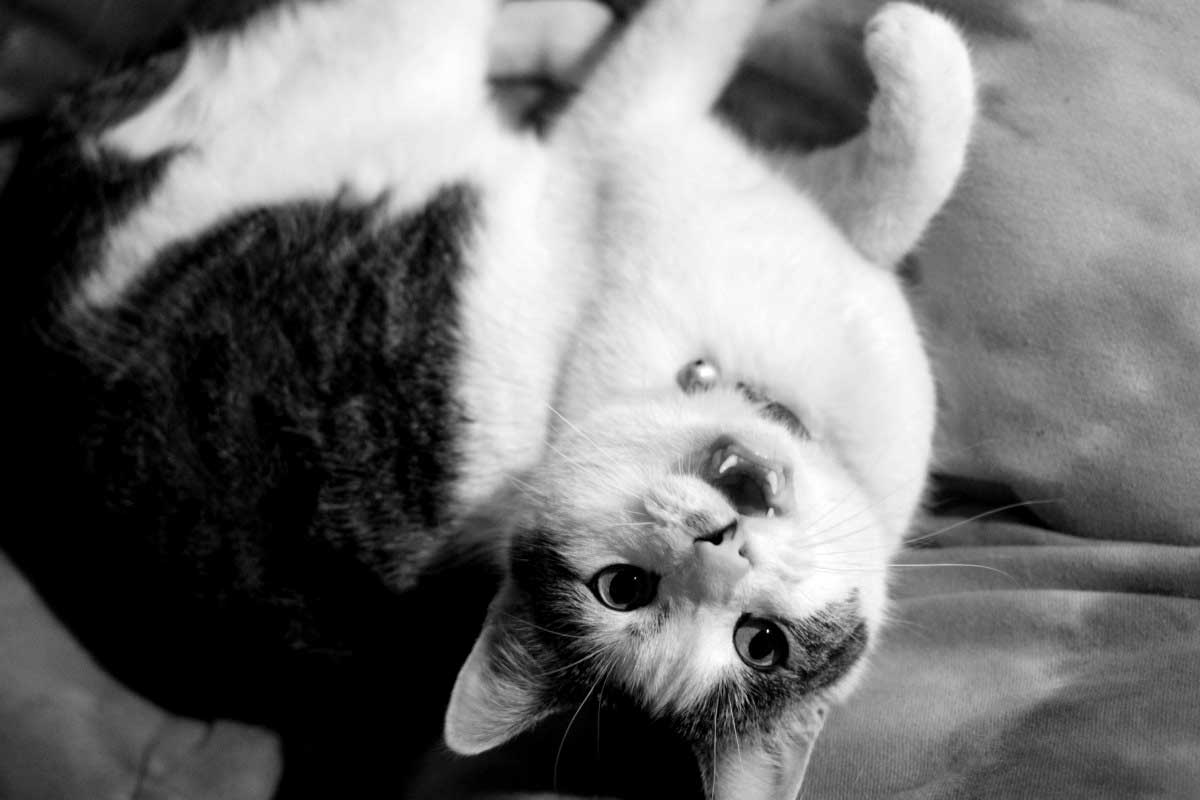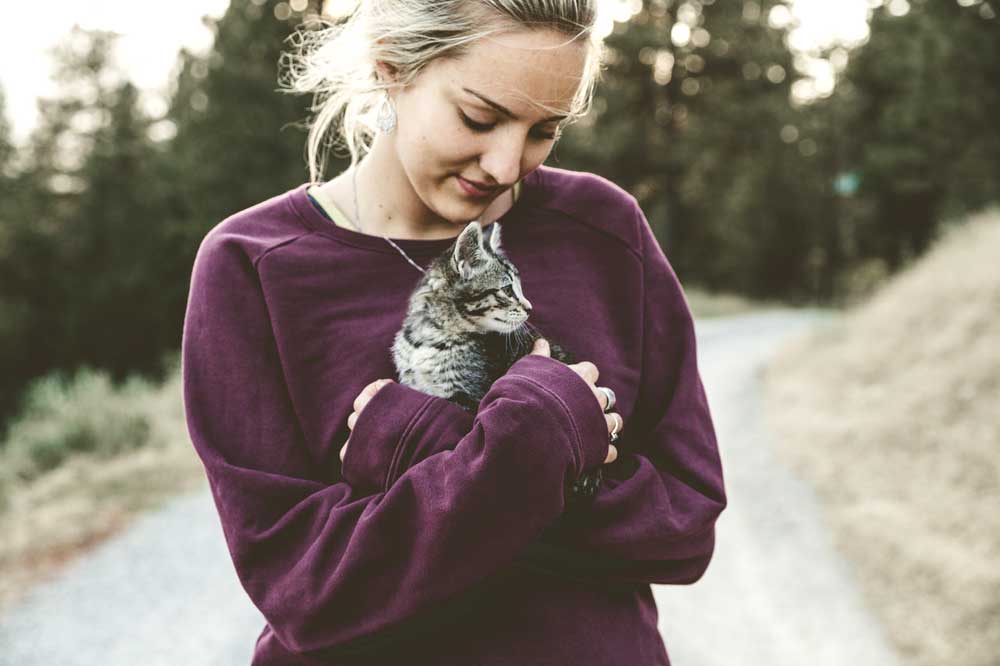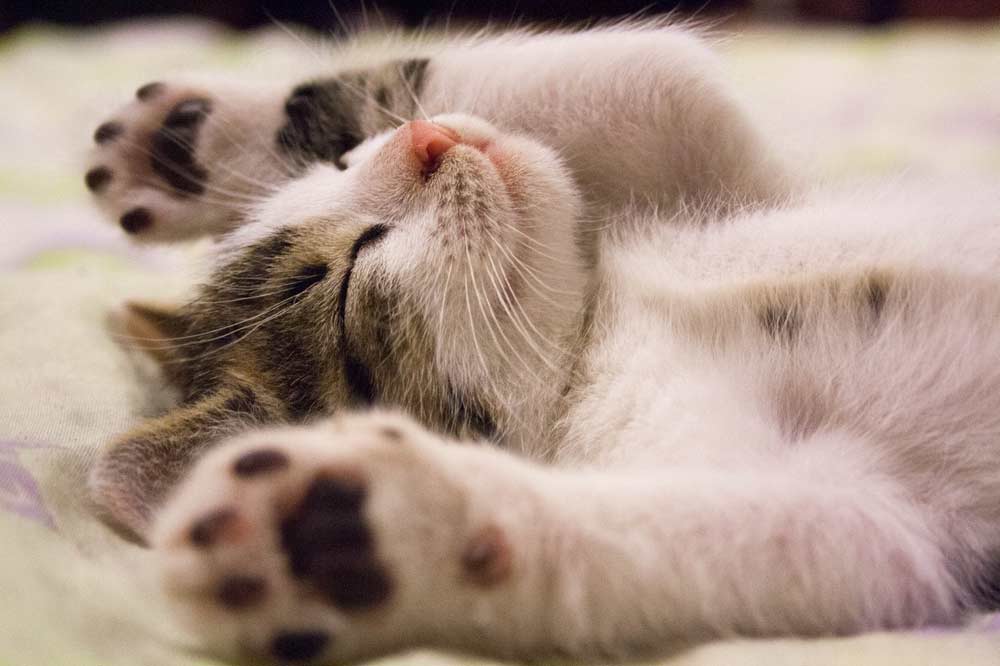Many pet owners ask, why do their cats bite? How do you keep your cat from biting you? The enigma of sudden cat aggression, characterized by hostile or forceful behavior intended to assert dominance or instill intimidation, is a fairly prevalent behavioral quagmire among our feline companions. In fact, aggression ranks as the second most common behavioral conundrum observed by animal behaviorists, trailing only behind issues related to litter box habits.
Unraveling the Enigma: The Whys and Whats of Cat Aggression
Cats come into the world equipped with five potential weapons, featuring a mouth brimming with formidable teeth and four well-armed paws. The spectrum of feline aggression encompasses hissing as well as full-blown attacks, casting shadows of excruciating injuries that can be inflicted upon you or fellow pets. In some dire cases, it can culminate in the disheartening decision of rehoming your beloved cat. Fish and Fishing accessories.
Alarming statistics from the Cornell Feline Health Center reveal that a recent study documented a staggering 27 percent of cats relinquished to shelters, all citing behavioral grounds, were surrendered primarily due to aggression.
Aggressive feline actions can result in biting, leading to painful injuries susceptible to infection. Furthermore, they may engender cat scratch fever—an ordinarily benign but potentially grave infectious ailment, replete with flu-like symptoms. While feline skirmishes seldom culminate in fatalities, they can usher in infections and induce substantial veterinary expenditures for doting cat parents. Aggressive cats can pose tangible risks within the confines of your home, constituting a palpable hazard to both family members and visitors.
Discerning the Telltale Signs of Feline Aggression
Feline aggression often materializes abruptly, driven by a myriad of factors, rendering it intricate to anticipate. However, one should be cognizant that feline aggression seldom emerges in sheer spontaneity. Rather, subtle portents may be discerned by vigilant cat parents. Pet accessories on Amazon. Keep a watchful eye on shifts in a cat’s body language, which may encompass:
- Swatting
- Biting
- Dilated pupils
- Rapid tail twitching or thrashing
- Direct, unrelenting gaze
- Crouched or arched posture
- Ears flattened or oriented backward
- Erected hair along the spine
- Stiffened demeanor
- Verbal expressions such as hissing, growling, or yowling
Exploring the Reasons for Sudden Cat Aggression
A myriad of triggers can propel feline aggression into the forefront. The ability to identify the rationale behind your cat’s demeanor can be instrumental in both the resolution and prevention of aggression. See why thousands of cats love BoxCat. The following factors may serve as impetuses for feline aggression:
1. Play: The acquisition of appropriate play habits forms an integral facet of a cat’s socialization process. This education is typically acquired through interactions with littermates, with cats learning the consequences of biting or scratching excessively through the reactions of their peers. Cats reared in isolation during their formative stages may not receive this vital lesson, leading to their playstyle being misconstrued as aggression.
2. Petting: Intriguingly, some cats may suddenly unleash aggression while being petted, a phenomenon that has eluded full comprehension. It is plausible that the rhythmic, repetitive motion of petting might shift from being pleasurable to irritating for the cat. Other contributing factors could entail overstimulation or an attempt by the cat to assert control over the duration of the petting session. Handling, bathing, grooming, and nail trimming can also incite this type of aggression. Dog accessories on Amazon.
3. Territorial Behavior: Cats thrive on predictability and routine, rendering them territorial creatures by nature. Perturbations within their environment or feelings of vulnerability within their perceived “safe space” can trigger protective instincts. This propensity often manifests as swatting, chasing, or confronting intruders, be they visitors or new entities within the domicile or neighborhood.
4. Redirection: When a cat encounters a startling or unsettling stimulus and cannot retaliate directly, it may redirect its response toward either a fellow feline or a human. The triggering incident may not necessarily be provoked by the victim, rendering this form of aggression especially challenging and potentially hazardous to forestall. Bird accessories on Amazon.
5. Fear and Stress: Feelings of insecurity, distress, or overstimulation can precipitate aggression, with cats employing it as a defense mechanism. Alterations within the household or environment, ranging from the introduction of new individuals, cacophonous noises, the presence of other pets, or unfamiliar odors, can instill stress within a cat. Cats can manifest anxiety towards novel stimuli or situations, or even based on past adverse experiences.
6. Inter-Cat Aggression: Felines may exhibit signs of aggression when seeking to establish social dominance, primarily in interactions involving male cats approaching social maturity, typically spanning the two to four-year age range. Sexual hormones significantly influence these interactions.
7. Discomfort: Cats in discomfort may resort to aggression as a means to avoid touch, movement, or activities that could exacerbate their discomfort. Being innately stoic creatures, cats typically do not overtly express discomfort or vulnerability. Instead, they may display more subtle signs, such as hiding, reduced appetite, lethargy, or aggression. Discomfort can be attributed to factors such as injury, dental afflictions, or joint discomfort.
How to calm an aggressive cat
When grappling with your feline friend’s sudden bouts of aggression, swift intervention is your ally. This perplexing behavioral shift in your cat necessitates pinpointing the triggers behind their aggression. Cat accessories on Amazon. To embark on this journey of amelioration, consulting your trusted veterinarian is a prudent initial step. Their expertise can help exclude any underlying health conditions, thus illuminating the path toward a harmonious coexistence with your feline companion.

A Treasury of Strategies: Quieting Your Aggressive Cat
To navigate the labyrinth of feline aggression, consider these strategies for ensuring the safety and well-being of both you and your beloved cat:
Offering Sanctuary: Provide your agitated cat with a tranquil haven where they can recalibrate their emotions. This refuge should be secluded, quiet, and secure, assuring minimal harm to anyone or property.
Distracting with Play: Employ toys to divert your cat’s attention from their aggressive impulses. Ensure that the objects of distraction are kept at a safe distance from your hands to mitigate the risk of bites or scratches.
Embracing Playtime: Engaging in interactive play with your cat not only satiates their physical and mental needs but also cultivates a stronger bond. Boredom-induced overstimulation can serve as a precursor to sudden aggression. See why thousands of cats love BoxCat.
Curbing Triggering Stimuli: Identify and eliminate potential triggers of your cat’s aggression. Measures may involve closing window blinds to obstruct outdoor distractions or restricting access to certain areas within your home.
Gradual Desensitization: Gradually acclimatize your cat to stimuli, objects, or situations that incite aggression. Utilize positive reinforcement, rewarding non-aggressive behavior with food and praise. This approach also applies to gradual introductions or reintroductions of your cat to other felines.
Pet Behaviorist Consultation: In the event of persistent aggression, enlisting the expertise of a feline behavior specialist can illuminate the root causes and offer guidance on assisting your cat in coping.
Veterinary Consultation: Collaborate with your veterinarian to discern and address potential health issues that might underlie your cat’s discomfort or anxiety.
Intervening in Inter-Cat Aggression: In cases of aggression between cats, the strategic separation of the feuding felines is paramount. Moreover, neutering and spaying your cats can quell hormone-driven aggression.
What not to do with an aggressive cat
Comprehending what actions to avoid when your cat undergoes bouts of aggression is equally crucial. Inadvertently exacerbating or mishandling aggression can intensify the issue. Here are some pitfalls to circumvent:
Meticulous Introduction Protocols: Exercise patience and gradualism when introducing or reintroducing your cat to other pets or new individuals. A comfortable and gradual process fosters a more positive response. Dog accessories on Amazon.
Non-Intervention in Cat Fights: Never interpose yourself between warring cats, as this can result in serious injuries.
Limit Unnecessary Contact: Abstain from excessive handling, petting, or grooming if your cat’s aggression stems from discomfort or hypersensitivity. This can be especially challenging with children, who may misinterpret vital cues regarding the cat’s disposition.
Abstain from Reaction: Reacting to your cat’s aggressive behavior through punishment can amplify their fear and stress. Likewise, consoling them might inadvertently convey approval of their behavior. Avoid retreating or displaying fear, as it may inadvertently reinforce the aggression. Ignoring your cat during such episodes often proves most effective.
In Summation: The Journey Towards Serenity
Cat aggression, even when seemingly abrupt, typically offers forewarning signs that something is amiss. Cat accessories on Amazon. Cats frequently exhibit subtle cues of distress before resorting to biting or swatting. Recognizing the catalysts behind your cat’s aggression is pivotal in addressing their discomfort or anxiety, ultimately enriching the quality of life for all parties involved.
Sudden aggression remains a perplexing conundrum. Yet, by discerning the triggers and employing effective strategies, one can aspire to restore serenity within the feline-human relationship. Awareness, empathy, and timely intervention can all play pivotal roles in unraveling the enigma of sudden cat aggression.
More Interesting Articles
- 13 Very Interesting Facts About an Orange Tabby Cat
- Maine Coon Cat Breed: Traits, Profile, Personality, Facts
- 13 Interesting Fun Facts about Siamese Cats & Kittens
- 7 Amazing Light Brown (Beige) Cream Cat Breeds
- 10 Amazing Blue Cat Breeds with Short or Long Hair
- 11 Interesting Facts about a Cream Cute Tabby Cat
- 13 Common Symptoms of A Dead Kitten Inside A Cat
- Neutering Male Cats: Behavior and Recovery Guide
- How to Help a Choking Cat: Signs, Precautions, Tips
- Cat Dry Heaving: Cat Gagging Causes and What to Do
- Why is My Cat Panting? Symptoms, and Treatment
- 26 Tips How to Train A Cat Not to Scratch You or Anything
- Everything You Need to Know about Owning A Cat: 23 Facts
- How to Easily Train Your Cat to Use Toilet in One Week
- 10 Steps How to Train A Kitten to Use A Litter Box in a Week
- 10 Tips How to Train A Cat to Walk On a Leash in A Week
- 6 Steps How to Train A Cat Not to Bite Your Hand or Skin
- 6 Steps How to Get My Cat to Stop Jumping on the Counter
- 8 Tips on Introducing A New Dog To A Cat Step By Step
- 27 Tips How to Train An Outdoor Cat to Stay Home



